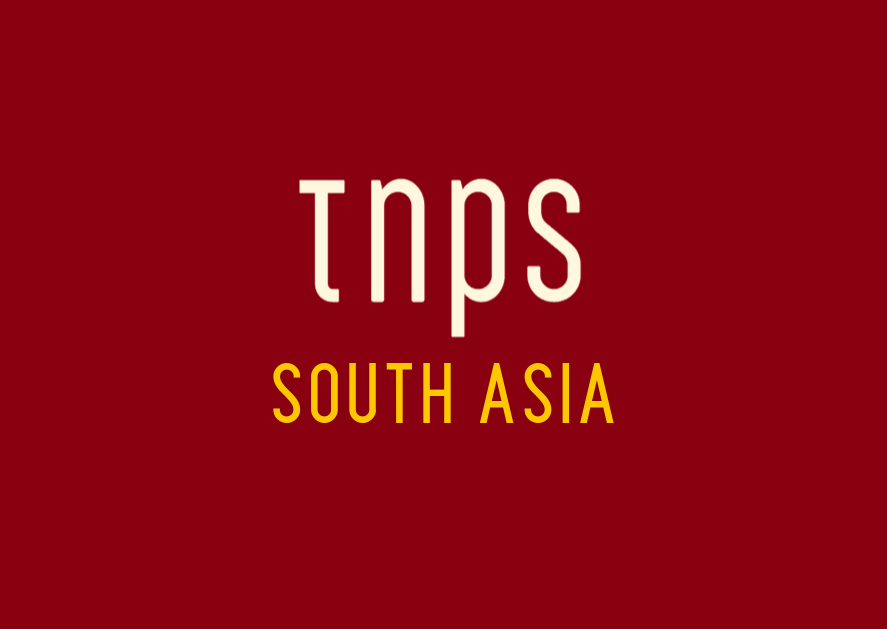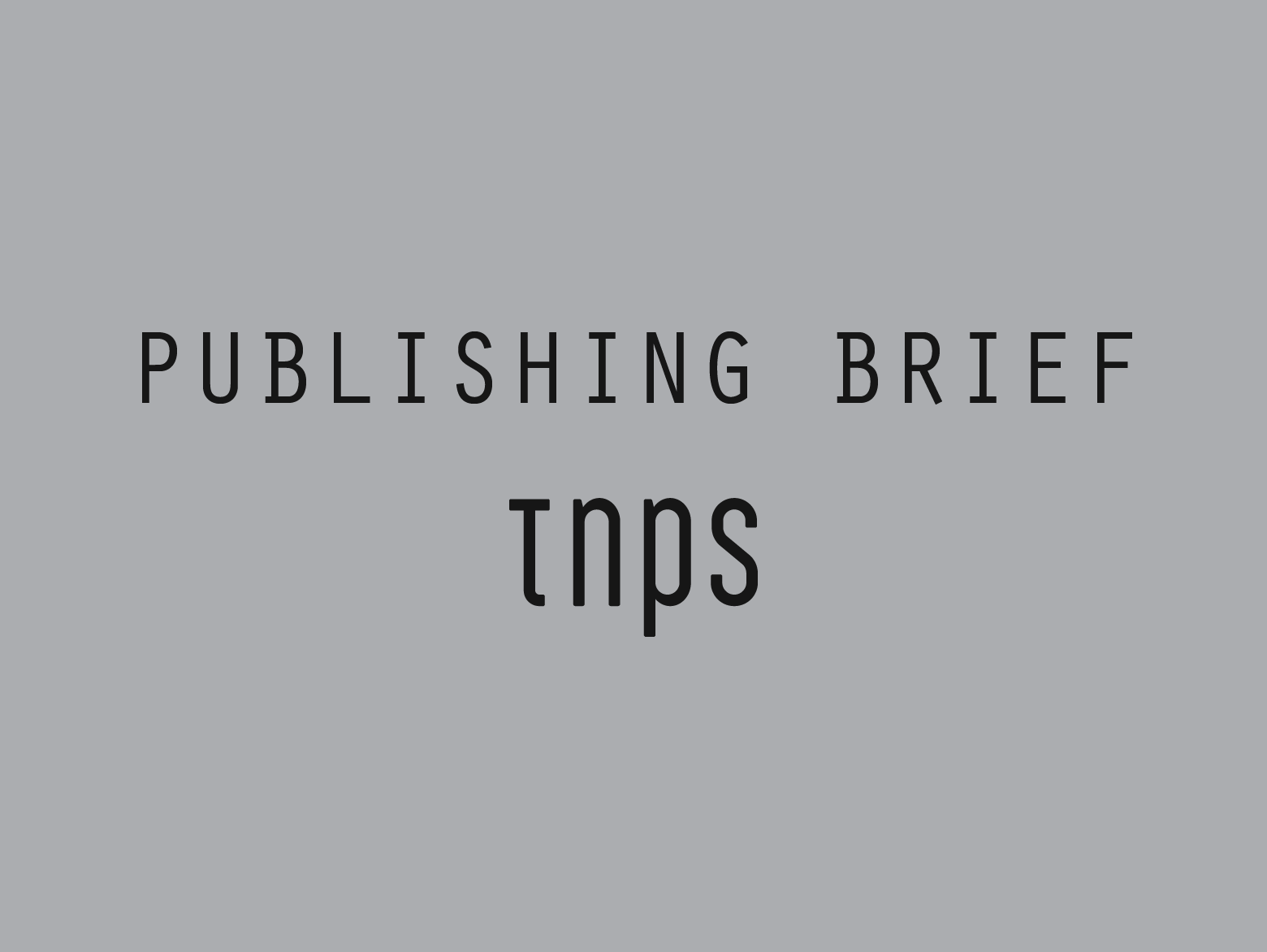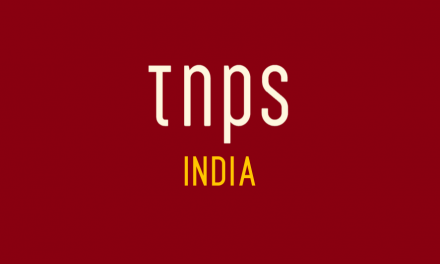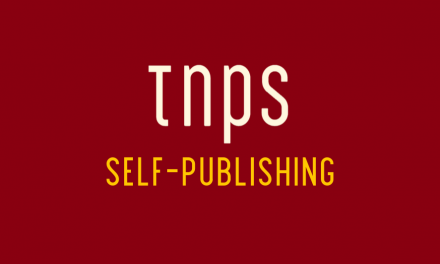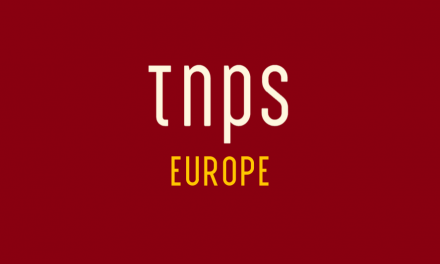The good news is Pakistan’s Karachi got its first street library this past week, and it received a “rousing response”.
From Al Khaleej Today:
The wooden shelves and stunningly carved portraits at the city’s Metropole building intrigued many citizens of Pakistan’s biggest city of Karachi during the last few months.
“Driving past the Metropole building, we wondered about the development work there,” says Sadaf Sharif, 37, a housewife who considers books her best friends.
The mystery was solved last week as the country’s first street library was inaugurated in the presence of officials, diplomats and book lovers.
“It is surprising to see that this dull place has been transformed into a vibrant reading corner. My daughter is so fascinated that she wants to come here every day to find new books,” Sharif told Al Khaleej Today.
Such sentiments are not uncommon in Pakistan, despite the widespread misconception that Pakistanis don’t read. It’s not that they don’t want to read so much that they are offered such a limited choice of what to read that they just don’t bother.
The street library – one of six planned for the district – will help alleviate that problem, at least, although right now it only has 600 books in English and Urdu. Hopefully more will come in to make this project take off.
Karachi commissioner Iftikhar Ali Shallwani explained,
The idea behind Pakistan’s first street library is to promote the culture of reading so that our young generation will learn to value books. We are reviving the habit of reading in this digital age because Google can give you information but not knowledge.
And therein lies the bad news.
It’s the kind of off-the-cuff remark we hear time and time again from those who do not seem to understand that digital and reading are not mutually exclusive, and that reading can be a leisure pursuit as well as an educational tool.
That said, in a country like Pakistan, where the big western digital books operators have yet to venture, the antipathy towards digital is perhaps understandable, if misplaced.
The Al Khaleej Today post quotes a mother as saying she hopes,
their frequent visits to the street library would compel her 11-year-old daughter to replace the iPad with books before going to sleep.
The tragedy here being that while Apple has a fine selection of digital books that can be read on an iPad in some parts of the world, Pakistan is not one of those countries.
Amazon’s Kindle store isn’t available in Pakistan either. Nor is Google Play Books.
Kobo is there in spirit, but Kobo only offers a limited selection of titles through the Kobo US store, at Kobo US prices, to be paid for in US dollars.
The next decade will bring growing awareness of the role digital can play in combating perceived disinterest in reading, by the simple expedient of making more books available, accessible and affordable to everyone.
That may sound improbable given Pakistan starts 2020 with just 35% internet penetration.
But hold on. Pakistan has a population of 204 million, meaning that 35% equates to 71 million people online.
The cold reality is, Pakistan has more internet users than either Italy, France or the UK.
That’s a huge market opportunity for Pakistani and international publishers to start taking seriously while Amazon and the rest look the other way.
For further discussion on this topic see this TNPS post from earlier this month:

